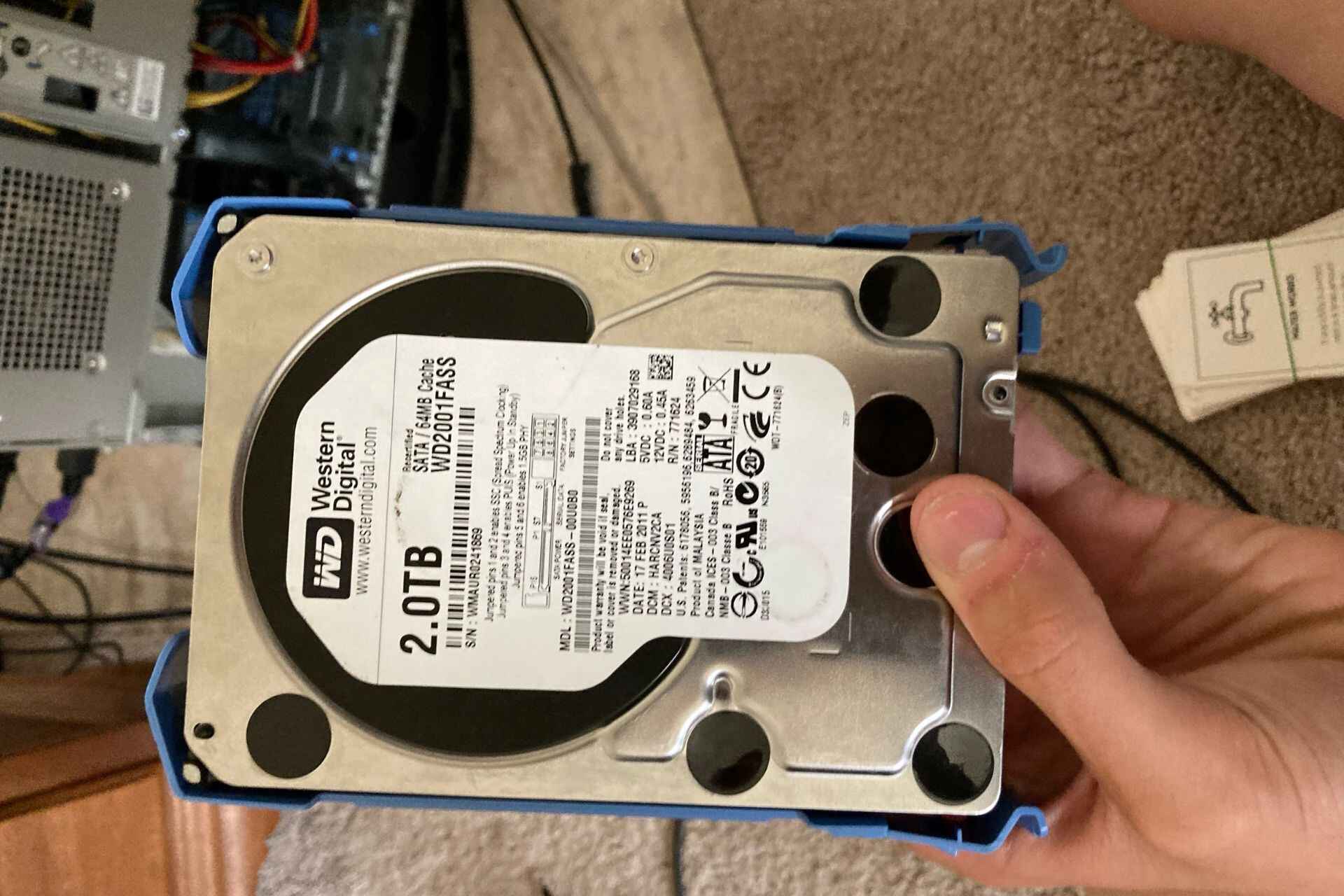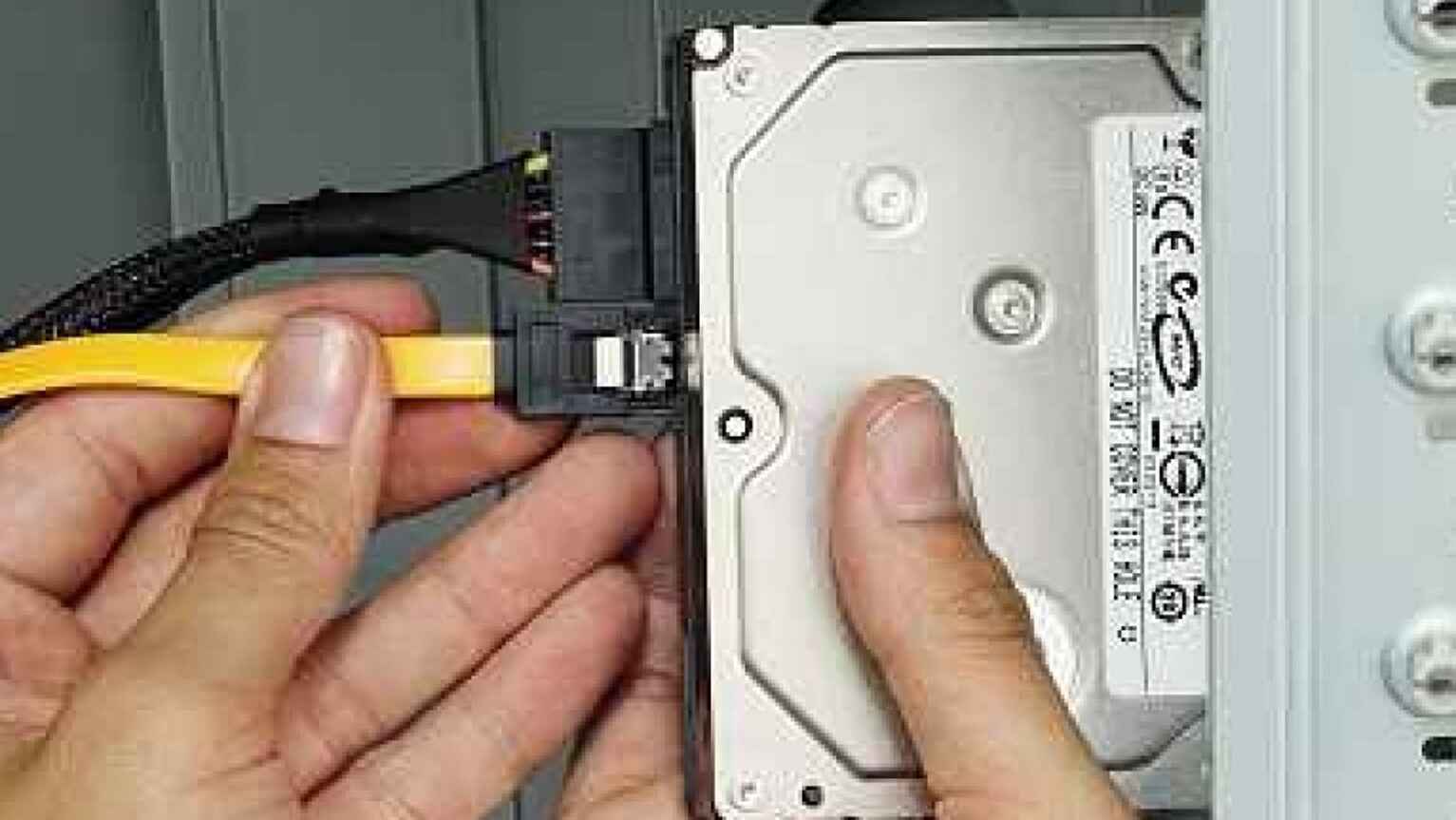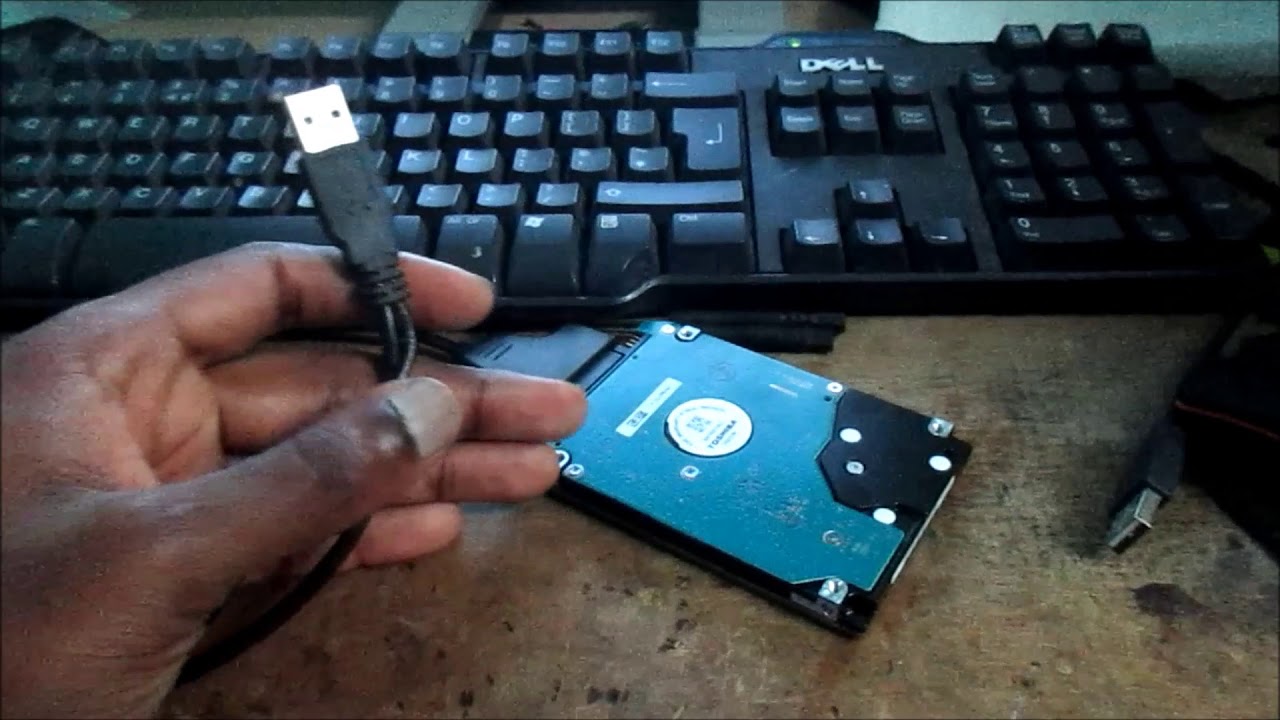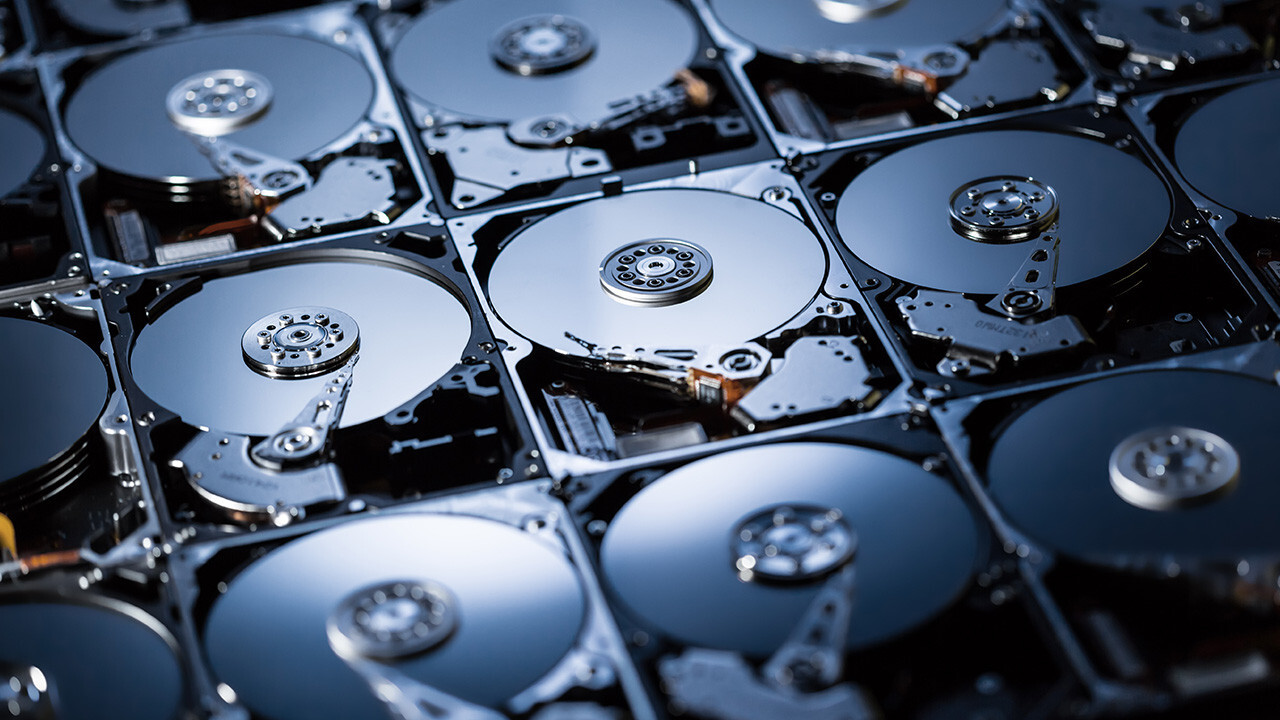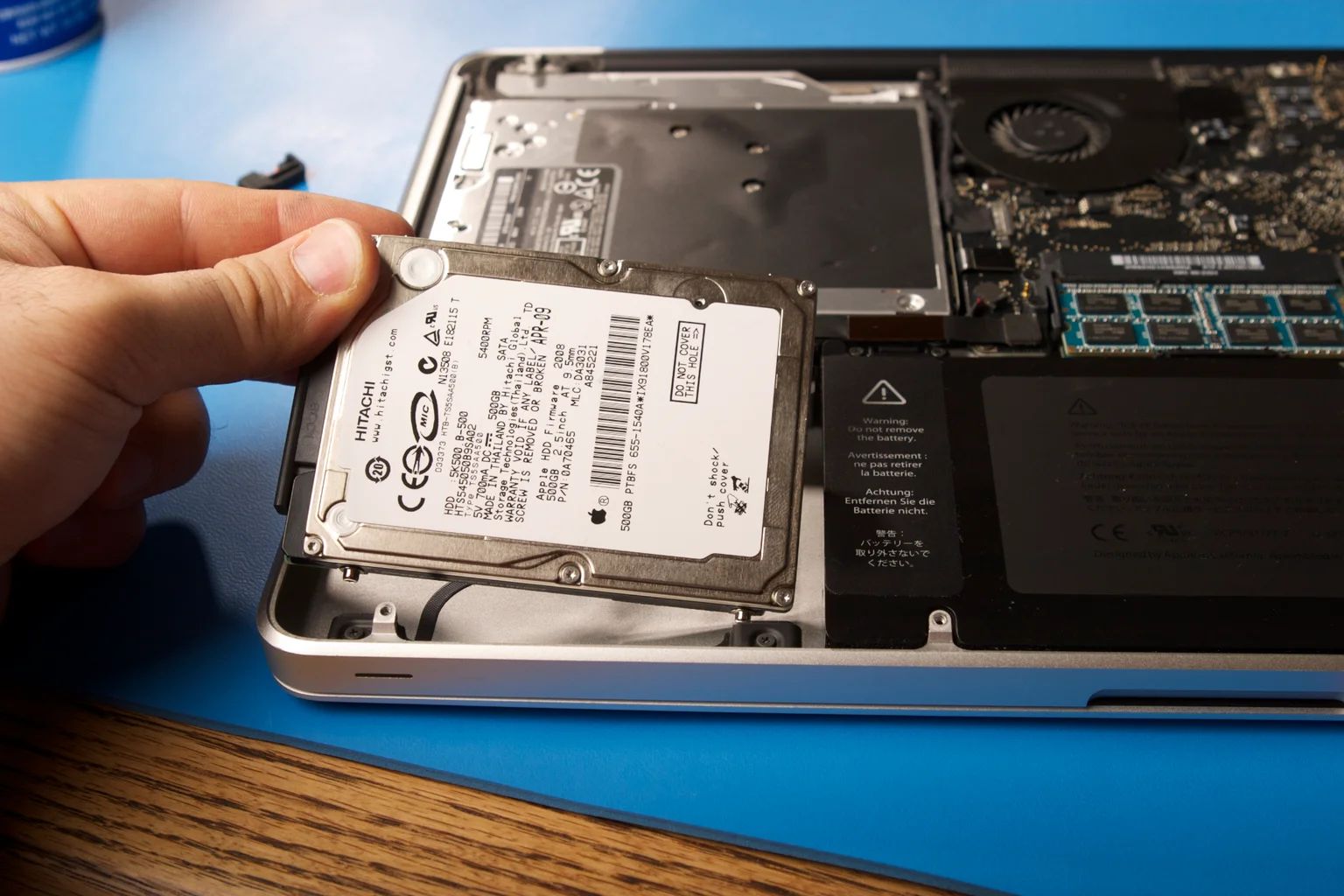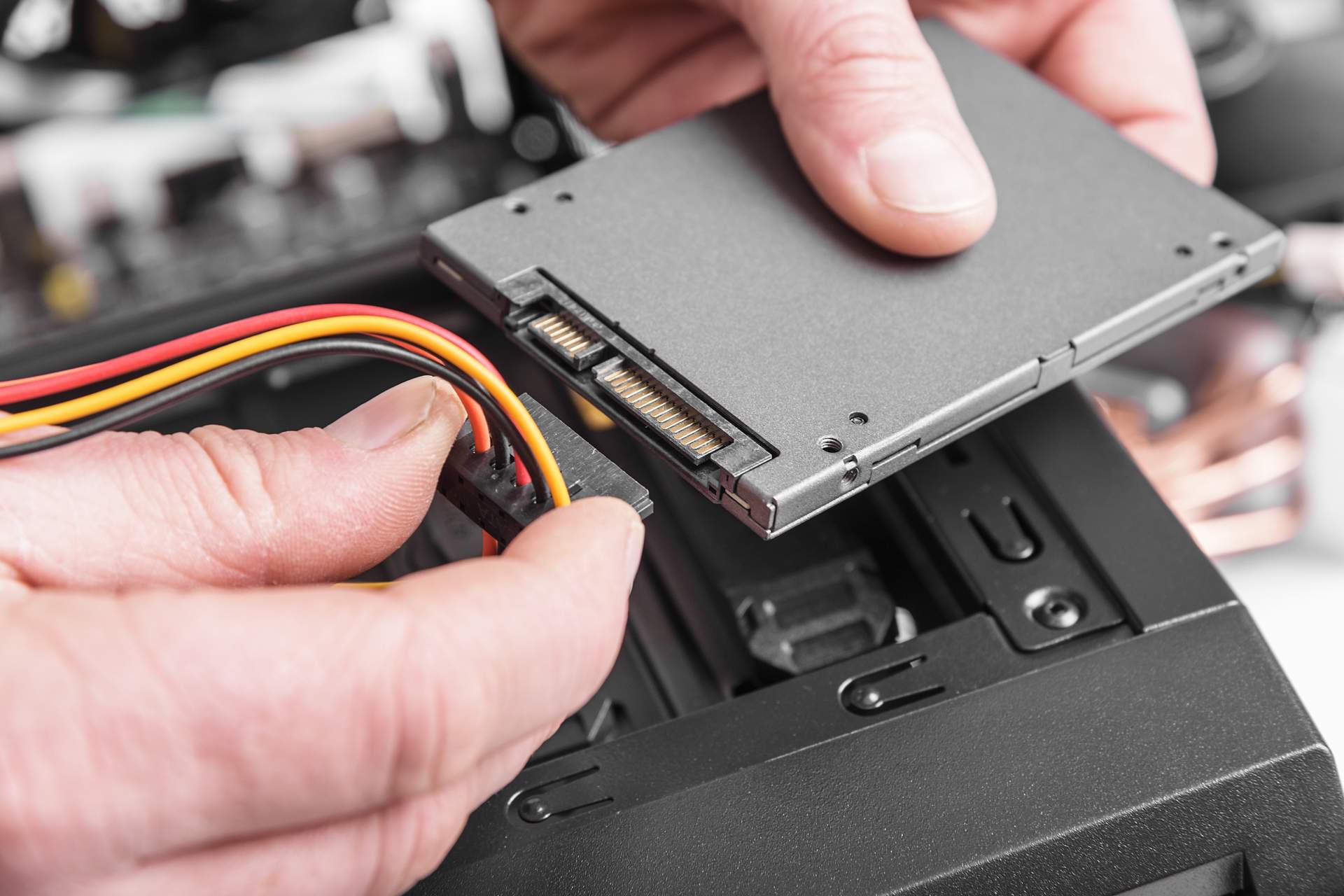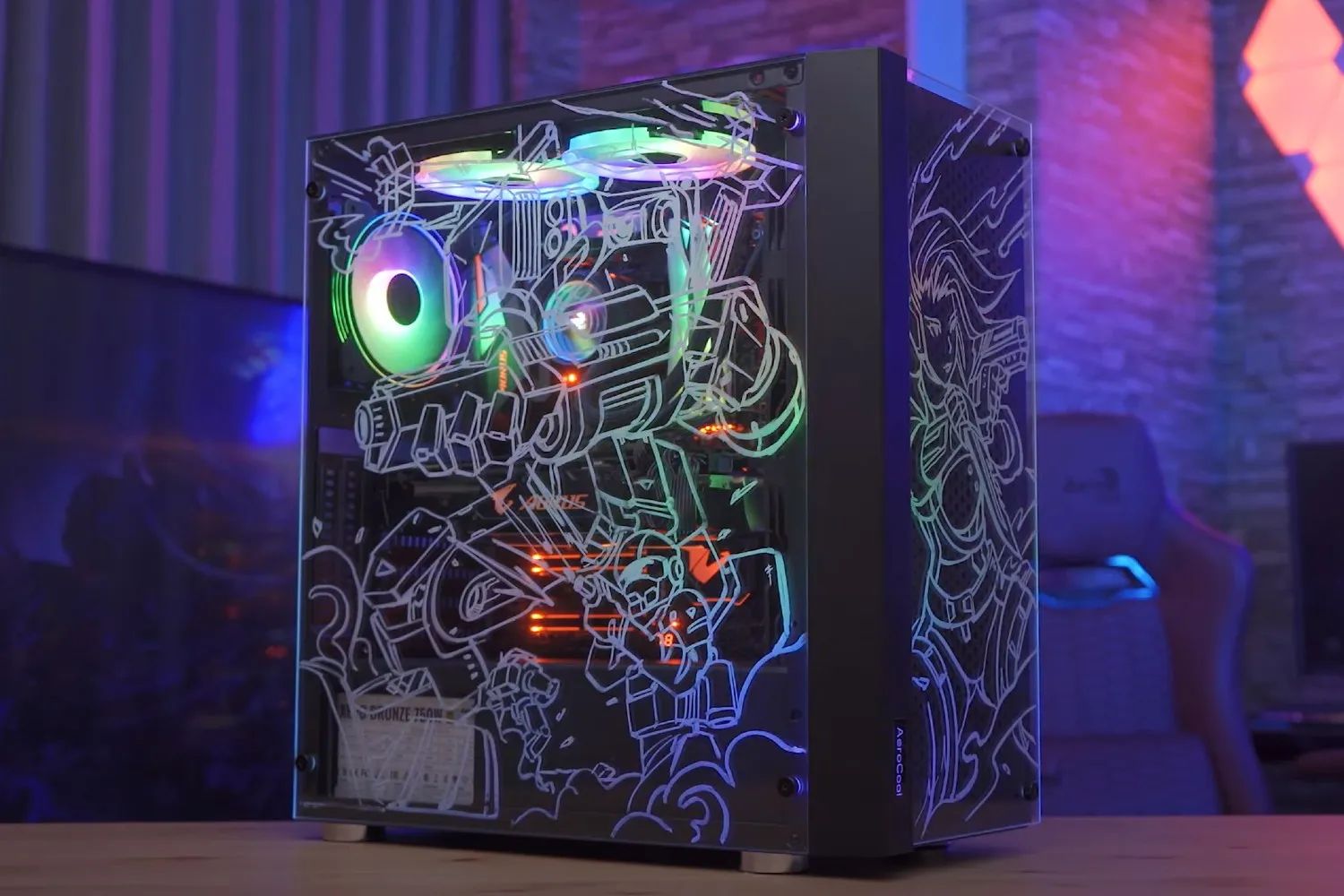Introduction
Welcome to the world of hard disk drives (HDDs), where every component plays a crucial role in ensuring optimal performance. One such component is the Power-Up In Standby (PUIS) jumper. If you’re a tech enthusiast or have ever dabbled in computer hardware, you may have come across the term PUIS jumper. But what exactly is it and what purpose does it serve?
The PUIS jumper is a small connector on the HDD’s circuit board that allows users to alter the drive’s power management settings. With this feature, users gain control over how the drive behaves when not in use, enhancing energy efficiency and extending the overall lifespan of the HDD.
So, how does the PUIS jumper work? What benefits does it bring, and when should you consider using it? In this article, we’ll dive into the details of the PUIS jumper, providing insights into its functionality and practical applications.
By the end of this article, you’ll not only have a better understanding of what the PUIS jumper does but also how to enable or disable it as per your needs. So, let’s get started on this exploration of the PUIS jumper and unlock the potential of your hard disk drive!
What Is a PUIS Jumper?
The PUIS jumper, also known as the Power-Up In Standby jumper, is a small connector found on the circuit board of a hard disk drive (HDD). It serves as a configuration tool that allows users to control the power management settings of the HDD. By altering these settings, users can dictate the behavior of the drive when it is not actively in use.
Typically, a hard disk drive operates in one of two states: active mode or standby mode. In active mode, the drive is constantly spinning at full speed, ready to quickly access and transfer data. While this mode offers the fastest performance, it consumes a substantial amount of power and generates more heat, which can lead to increased wear and tear on the drive.
On the other hand, in standby mode, the HDD spins at a lower speed or completely stops spinning to conserve power and reduce heat generation. This mode is ideal for situations when the drive remains idle for extended periods, such as when the computer is in sleep mode or turned off.
Here’s where the PUIS jumper comes into play. By adjusting the settings through this jumper, users can instruct the HDD to power up or remain in standby mode when the computer is turned on. With the jumper set to “Power-Up In Standby” mode, the drive will stay in the low-power state until it receives a signal to start spinning, reducing the initial power surge upon startup.
Conversely, if the jumper is set to disable the PUIS feature, the HDD will power up and start spinning as soon as the computer is turned on. This setting is useful in situations where instant access to data is a priority, but it may result in slightly higher power consumption and increased wear on the drive over time.
It’s important to note that not all HDDs have the PUIS jumper, as it’s a feature typically found in enterprise-grade or advanced consumer-grade drives. Therefore, before attempting to locate the PUIS jumper on your HDD, it’s recommended to consult the drive’s documentation or the manufacturer’s website to verify if it’s available.
Now that we have a basic understanding of what a PUIS jumper is, let’s explore the purpose it serves and the benefits it brings.
Purpose of the PUIS Jumper
The PUIS jumper serves a crucial purpose in enabling users to optimize the power management settings of their hard disk drives (HDDs). Its primary goal is to strike a balance between energy efficiency, responsiveness, and the overall lifespan of the drive.
One of the key purposes of the PUIS jumper is to reduce power consumption, especially during idle periods. By setting the HDD to standby mode, the drive consumes significantly less power compared to when it remains in active mode. This can lead to cost savings in environments where multiple HDDs are deployed, such as server rooms or data centers.
Another purpose of the PUIS jumper is to minimize wear and tear on the HDD. Continuous spinning of the disk can cause mechanical stress and increase the chances of mechanical failures over time. By keeping the drive in standby mode, the PUIS jumper helps reduce the strain on the internal components, thereby enhancing the overall longevity of the drive.
In addition to power conservation and prolonging the HDD’s lifespan, the PUIS jumper can also improve the thermal performance of the drive. Lower power consumption equates to reduced heat generation, which in turn leads to lower operating temperatures. This can have a positive impact on the overall cooling efficiency of the system, especially in environments where heat management is critical.
Moreover, the PUIS jumper addresses the issue of power surges during startup. When a computer is turned on, there is usually a spike in power demand as various components, including the HDD, receive power simultaneously. With the PUIS jumper enabled, the drive remains in standby mode, thereby reducing the initial power surge and providing a more stable startup process.
Ultimately, the purpose of the PUIS jumper is to provide users with control and flexibility over their HDD’s power management settings. It allows them to tailor the behavior of the drive according to their specific needs, whether it’s optimizing power efficiency, ensuring responsive performance, or enhancing the drive’s overall longevity.
Now that we understand the purpose of the PUIS jumper, let’s delve into how this small connector actually works.
How Does the PUIS Jumper Work?
The PUIS jumper works by enabling users to modify the power management settings of their hard disk drives (HDDs) to control their behavior during idle periods and startup. The jumper is a physical connector on the HDD’s circuit board that can be toggled to enable or disable the Power-Up In Standby (PUIS) feature.
When the PUIS jumper is set to the “Power-Up In Standby” mode, the HDD remains in a low-power state, known as standby mode, when the computer is turned on. In this mode, the drive spins at a lower speed or stops spinning entirely, conserving power and reducing heat generation.
When data needs to be accessed from the drive, the computer sends a signal to the HDD to wake up from standby mode and start spinning. This process typically incurs a short delay before the drive becomes operational and the requested data is accessible.
On the other hand, if the PUIS jumper is disabled or removed, the HDD operates in active mode, spinning at full speed as soon as the computer is turned on. This allows for instant access to data without any delays, but it also results in higher power consumption and increased wear on the drive over time.
The PUIS jumper essentially acts as a switch, determining whether the drive should remain in standby mode or power up immediately upon receiving power. By positioning the jumper to enable or disable the PUIS feature, users can customize the behavior of their HDD to suit their specific requirements.
It’s worth noting that the process of enabling or disabling the PUIS jumper may vary depending on the specific hard disk drive model and manufacturer. Typically, the jumper is located near the SATA or power connector on the HDD’s circuit board. Consult the drive’s documentation or the manufacturer’s website for detailed instructions on locating and adjusting the PUIS jumper.
Now that we have explored how the PUIS jumper works, let’s move on to the benefits of using this feature.
Benefits of Using the PUIS Jumper
The Power-Up In Standby (PUIS) jumper on a hard disk drive (HDD) offers several notable benefits for users. By enabling or disabling this feature, users can optimize power management, enhance the lifespan of the drive, and improve overall system efficiency.
One of the primary benefits of using the PUIS jumper is power conservation. By setting the HDD to standby mode, the drive consumes significantly less power during idle periods. This is particularly useful in environments with multiple HDDs, such as server rooms or data centers, where power consumption can have a significant impact on operational costs.
Besides power savings, using the PUIS jumper also contributes to the longevity of the HDD. By keeping the drive in standby mode, the PUIS feature reduces mechanical stress and wear on the internal components. This can help prolong the lifespan of the drive by minimizing the chances of mechanical failures and other issues caused by continuous spinning of the disk.
The PUIS jumper also has a positive effect on thermal performance. Reduced power consumption means lower heat generation, resulting in cooler operating temperatures. This not only helps in maintaining the overall health of the HDD but also improves the cooling efficiency of the system as a whole, contributing to a more stable and reliable computing environment.
Another benefit of using the PUIS jumper is the mitigation of power surges during startup. When the computer is powered on, various components, including the HDD, demand power simultaneously, leading to a spike in power consumption. With the PUIS jumper enabled, the drive remains in standby mode during startup, reducing the initial power surge and providing a smoother and more stable startup process.
Furthermore, the PUIS feature offers flexibility and customization options to users. Depending on their specific needs, users can choose whether to prioritize power efficiency or instant access to data. By simply adjusting the PUIS jumper, users can tailor the behavior of the HDD according to their requirements and strike a balance between power consumption, responsiveness, and overall system performance.
Overall, the PUIS jumper provides significant benefits such as power conservation, improved drive lifespan, enhanced thermal performance, and increased flexibility in power management settings. By utilizing this feature, users can optimize their HDD’s performance while also contributing to a more energy-efficient and reliable computing environment.
Now that we understand the benefits of using the PUIS jumper, let’s explore when it’s appropriate to use this feature.
When Should You Use the PUIS Jumper?
The decision to use the Power-Up In Standby (PUIS) jumper on your hard disk drive (HDD) depends on your specific needs and preferences. Understanding the circumstances in which using the PUIS jumper is advantageous can help you determine if it’s the right choice for you.
If power efficiency is a priority, using the PUIS jumper is highly recommended. By setting the HDD to standby mode, the drive consumes significantly less power during idle periods, resulting in reduced energy costs. This is particularly beneficial in environments where multiple HDDs are used, such as server rooms or data centers, where power consumption can have a significant impact on operational expenses.
Another scenario where the PUIS jumper is beneficial is when the HDD will be subject to long periods of inactivity. For example, in home computers that are only used a few hours a day or laptops that are frequently put into sleep mode, keeping the HDD in standby mode helps conserve power and extends the overall lifespan of the drive. This is because the drive experiences less wear and tear when it’s not actively spinning for extended periods.
In situations where immediate data access is crucial, disabling the PUIS feature by removing or disabling the jumper may be necessary. This is typically the case in applications where instant responsiveness is required, such as in real-time data processing or high-performance computing. By having the HDD constantly in active mode, there won’t be any delays in accessing data, ensuring smoother and uninterrupted operations.
Additionally, the PUIS jumper is beneficial in environments where thermal management is critical. By setting the HDD to standby mode, the drive generates less heat during idle periods, contributing to a cooler operating environment. This can help improve the overall cooling efficiency of the system and prevent overheating issues, which can adversely affect the performance and lifespan of the components.
Ultimately, the decision to use the PUIS jumper should be based on your specific requirements and the trade-offs you’re willing to make. If you prioritize power conservation, drive longevity, and thermal efficiency, enabling the PUIS feature by using the jumper is recommended. However, if instant data access is of utmost importance or you’re operating in an environment where power consumption is less of a concern, disabling the PUIS jumper may be a suitable choice.
Now that we’ve explored when to use the PUIS jumper, let’s move on to understanding how to enable or disable it.
How to Enable or Disable the PUIS Jumper?
Enabling or disabling the Power-Up In Standby (PUIS) jumper on your hard disk drive (HDD) requires a few simple steps. The exact process may vary depending on the specific HDD model and manufacturer, so it’s important to consult the drive’s documentation or the manufacturer’s website for detailed instructions. However, the general steps are as follows:
- Power off your computer and unplug it from the power source to ensure safety.
- Open the computer case to gain access to the internal components. Take necessary precautions, such as wearing an anti-static wristband, to avoid damaging sensitive electronics.
- Locate the HDD that you want to adjust and identify the PUIS jumper. The jumper is typically found near the SATA or power connectors on the HDD’s circuit board.
- Depending on whether you want to enable or disable the PUIS feature, adjust the position of the jumper accordingly. This is usually done by either moving the jumper to a different set of pins or removing it completely.
- Once the jumper is adjusted, carefully put the computer case back together and reconnect all the cables.
- Power on the computer and check if the PUIS feature is working as intended. You can verify this by observing the HDD’s behavior during startup and idle periods.
It’s important to note that not all HDDs have the PUIS jumper, as it tends to be a feature found in enterprise-grade or advanced consumer-grade drives. Therefore, before attempting to locate and adjust the PUIS jumper, it’s recommended to verify if your specific HDD model supports this feature by referring to the manufacturer’s documentation.
Additionally, it’s worth mentioning that modifying the PUIS jumper settings requires careful consideration. Ensure that you understand the implications of enabling or disabling the PUIS feature, such as the trade-off between power consumption, drive responsiveness, and overall drive longevity.
If you’re uncertain about adjusting the PUIS jumper settings or if you have any concerns, it’s always a good idea to consult the manufacturer’s support or seek assistance from a qualified technician who can guide you through the process.
Now that we understand how to enable or disable the PUIS jumper, let’s summarize the key points we’ve discussed so far.
Conclusion
The Power-Up In Standby (PUIS) jumper is a small but significant component of a hard disk drive (HDD). It allows users to control the power management settings of the drive, enabling them to strike a balance between energy efficiency, drive responsiveness, and overall drive longevity.
By adjusting the PUIS jumper, users can determine whether the HDD remains in standby mode, consuming less power and generating less heat during idle periods, or operates in active mode for instant access to data. The choice depends on specific needs and preferences, such as power conservation, drive lifespan, system cooling, and responsiveness requirements.
Benefits of using the PUIS jumper include reduced power consumption, extended drive lifespan, improved thermal efficiency, and flexibility in power management. However, it’s important to note that not all HDDs have the PUIS feature, and the process of enabling or disabling the jumper may vary depending on the specific HDD model and manufacturer.
Before making any adjustments to the PUIS jumper, it’s crucial to consult the drive’s documentation or the manufacturer’s website for detailed instructions. If uncertain or if there are concerns, seeking assistance from the manufacturer’s support or a qualified technician is recommended to ensure safe and proper adjustments.
Understanding the purpose, functionality, benefits, and appropriate scenarios for using the PUIS jumper empowers users to make informed decisions about optimizing the power management settings of their HDDs. By leveraging this feature, users can create a more energy-efficient, reliable, and responsive computing environment while extending the lifespan of their hard drives.
So, whether you’re aiming to conserve power, reduce heat generation, or enhance the longevity of your hard disk drive, the PUIS jumper is a valuable tool that puts you in control of your HDD’s power management settings.







